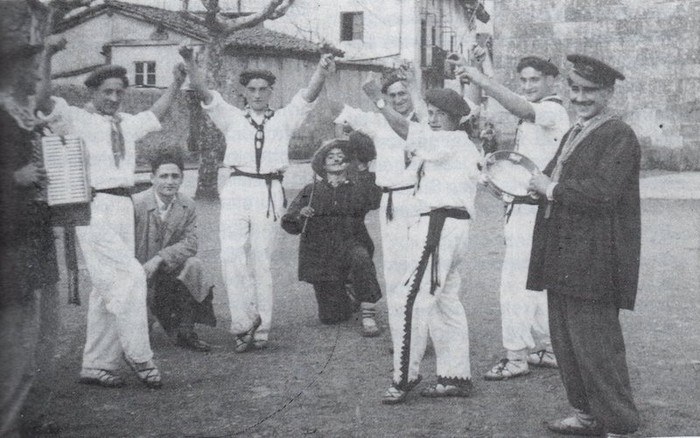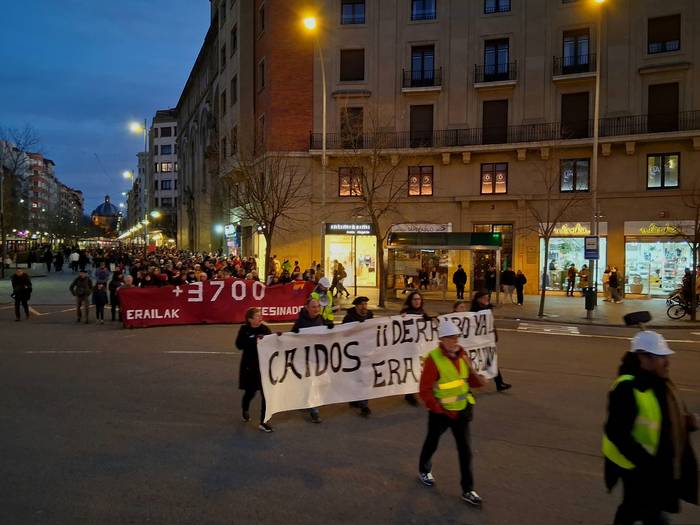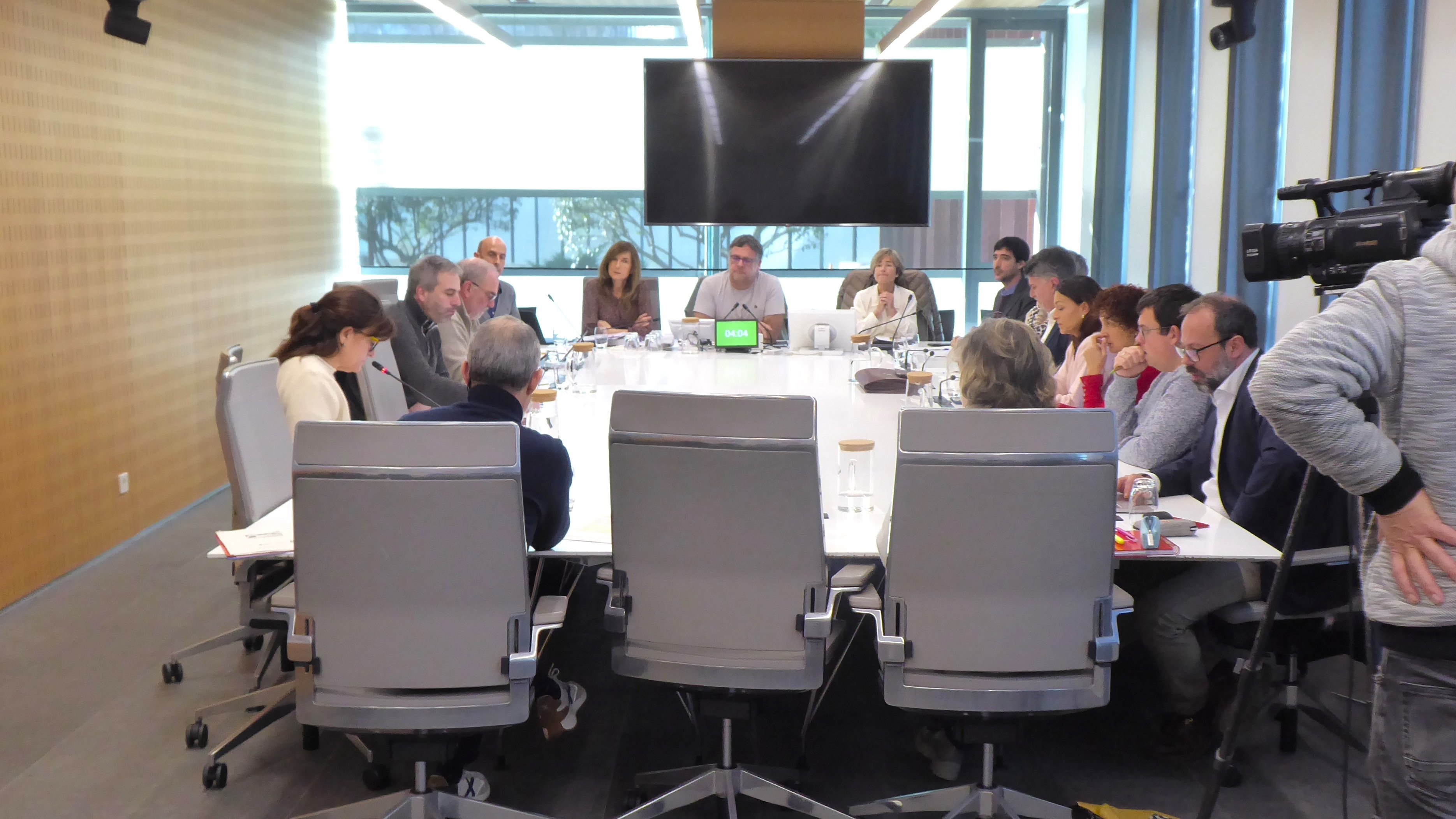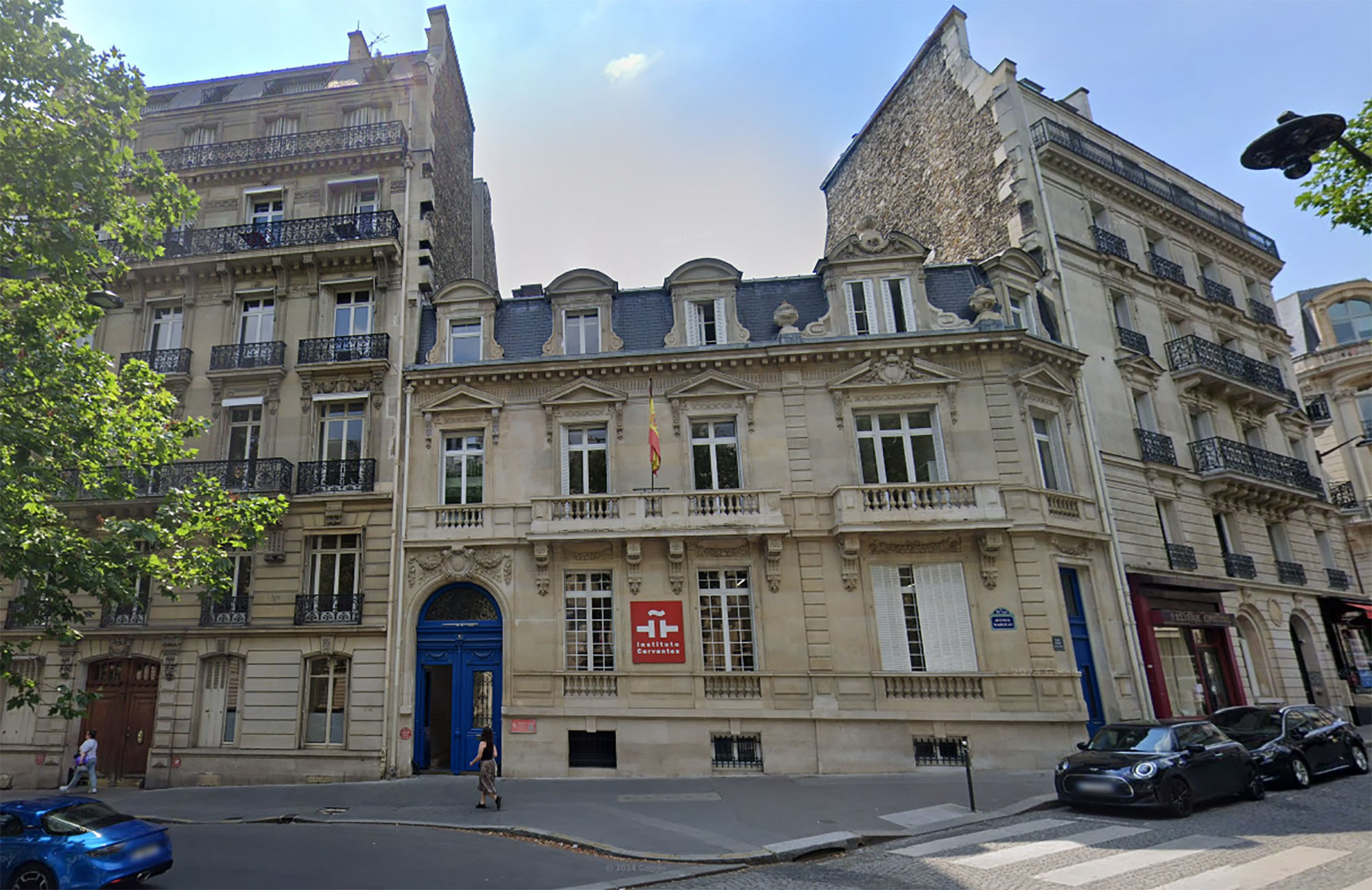The murder of children was common in Ancient Rome
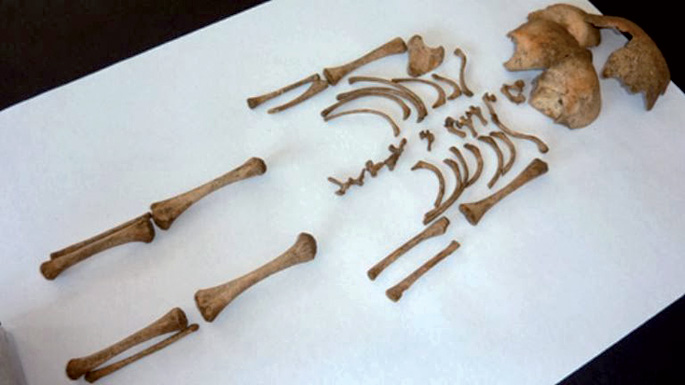
It is said that the Carthaginians sacrificed the children, and it was more common than was thought in ancient times. The Romans also used to kill newborn babies, as evidenced by the traces of the 33 skeletons found a century ago in Hambleden, England. Now they've looked at the DNA of these debris and published the result in the Journal of Archaeological Science: At least in Brittany, the children to be killed were not chosen by gender and, at least, were considered to receive a single child of the family, as DNA is from different mothers.
Archaeologists have discovered more than 600 engraved stones at the Vasagård site in Denmark. According to the results of the data, dating back to 4,900 years ago, it is also known that a violent eruption of a volcano occurred in Alaska at that time. The effects of this... [+]
Vietnam, February 7, 1965. The U.S. Air Force first used napalma against the civilian population. It was not the first time that gelatinous gasoline was used. It began to be launched with bombs during World War II and, in Vietnam itself, it was used during the Indochina War in... [+]
I just saw a series from another sad detective. All the plots take place on a remote island in Scotland. You know how these fictions work: many dead, ordinary people but not so many, and the dark green landscape. This time it reminded me of a trip I made to the Scottish... [+]
Japan, 8th century. In the middle of the Nara Era they began to use the term furoshiki, but until the Edo Era (XVII-XIX. the 20th century) did not spread. Furoshiki is the art of collecting objects in ovens, but its etymology makes its origin clear: furo means bath and shiki... [+]













